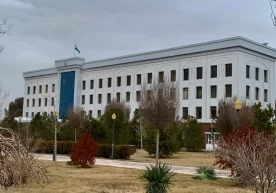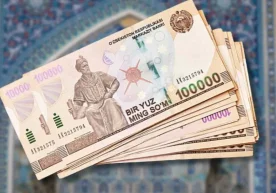
In the second quarter of 2025, the upward trend in wages in Uzbekistan continued. According to data from the Central Bank, nominal wages increased by 17.2% compared to the same period last year, while real wages rose by 7.3%. The average monthly wage across the country reached around 6 million soums.
By sector, the highest wages remain in finance and insurance, as well as in information and communication services. Specifically, the average wage in the financial sector amounted to 16.3 million soums, while in ICT it was 14.8 million soums. Wages in ICT, transport, and social services showed higher growth compared to other sectors.
However, not all industries demonstrated positive dynamics. In construction, nominal wages increased by 6.1%, but after adjusting for inflation, real wages actually declined by 2.8%. This indicates that challenges in the sector persist.
The report highlights that in recent quarters, the growth rate of real wages in Uzbekistan has been lower compared to many countries in the region. In January–March of this year, the average indicator was 9.8% across Central Asian states and 9.1% across Caucasus states. In Uzbekistan, however, real wage growth stood at only 7.2%. Experts note that if this disparity continues long-term, it could weaken household purchasing power and reduce domestic demand.
Furthermore, in the second quarter of 2025, the minimum wage in Uzbekistan amounted to 91 US dollars. For comparison: in Belarus it was 243 dollars, in Azerbaijan 235 dollars, and in Mongolia 222 dollars.
One key point in Uzbekistan is that the ratio of the minimum wage to GDP per capita reached 35%. Specialists emphasize that in countries with a higher ratio, incomes are distributed more evenly, while in countries with a lower ratio, income inequality among the population tends to increase. In most countries of the region — with the exception of Kazakhstan, Kyrgyzstan, and Georgia — this indicator is at a level close to that of Uzbekistan.
Read “Zamin” on Telegram!Users of Меҳмон are not allowed to comment this publication.













